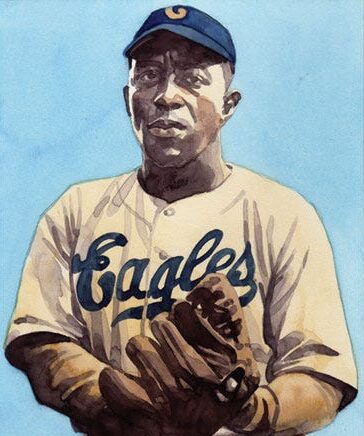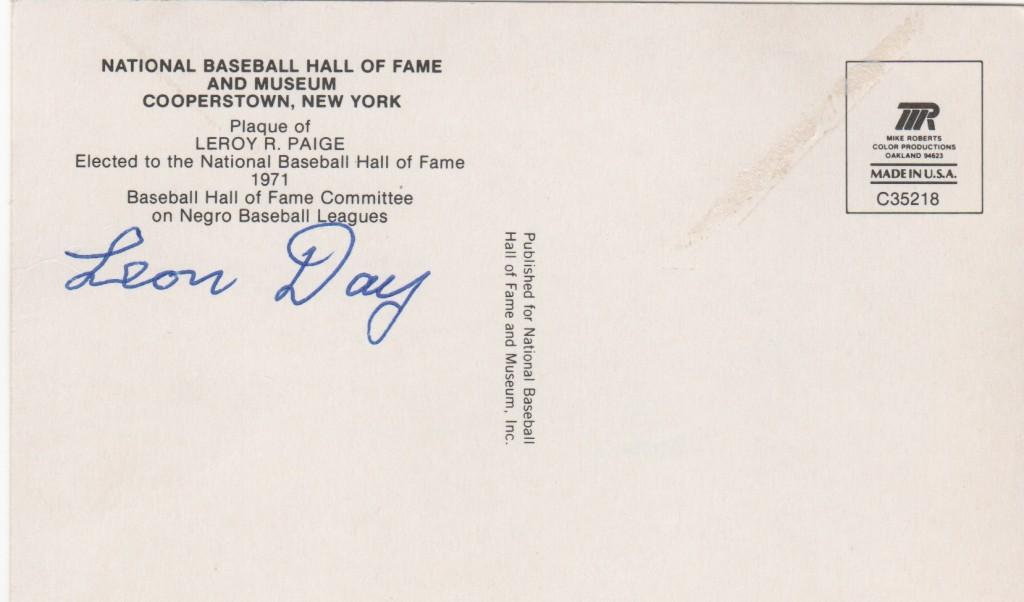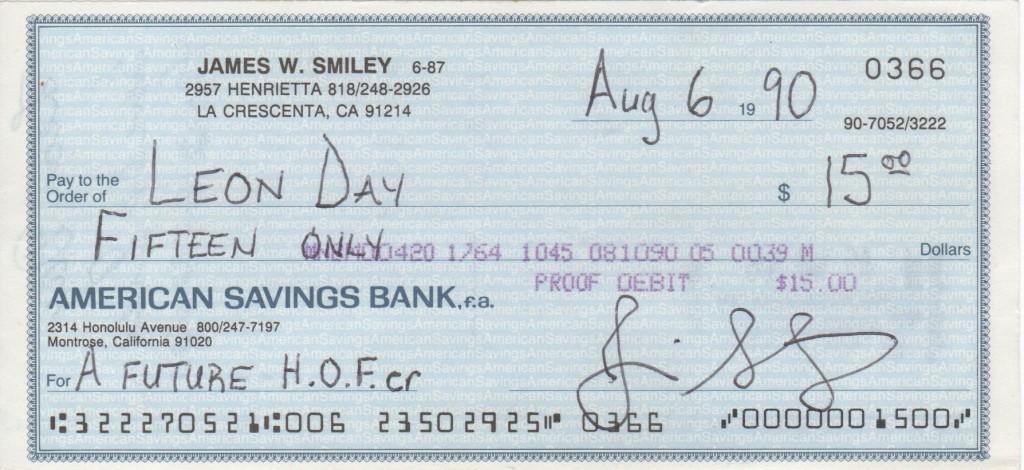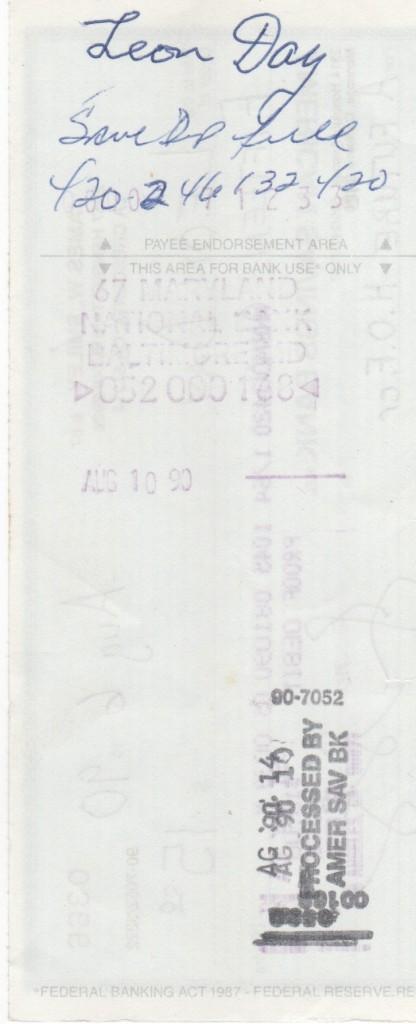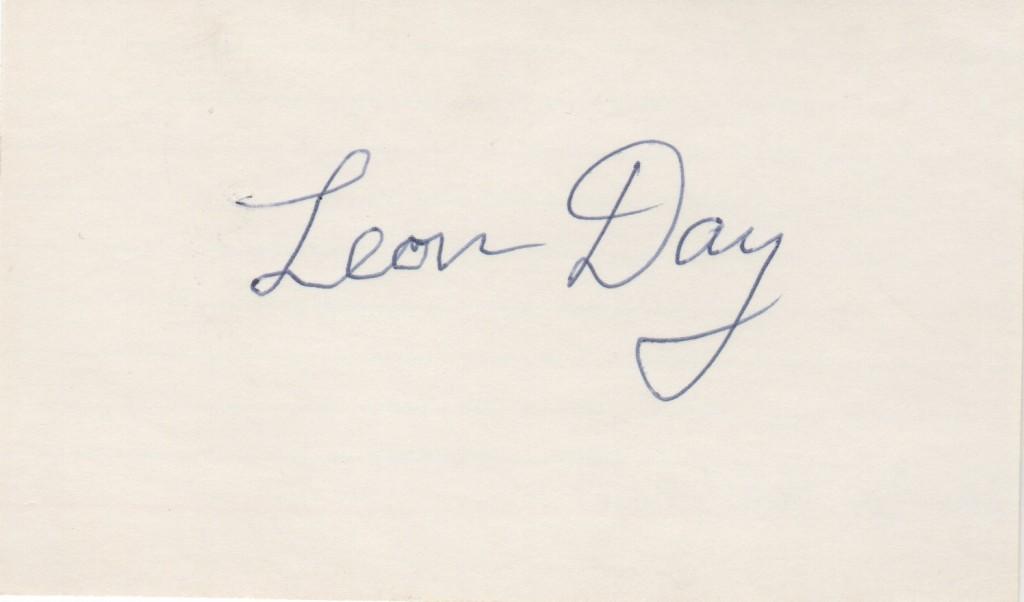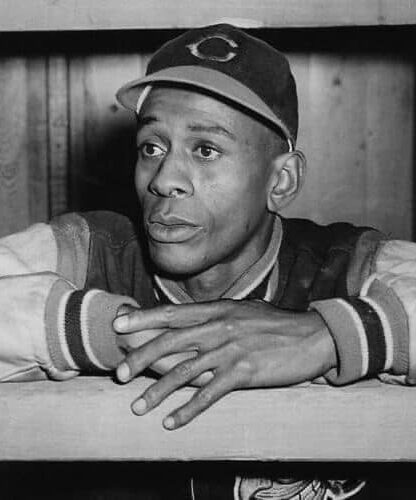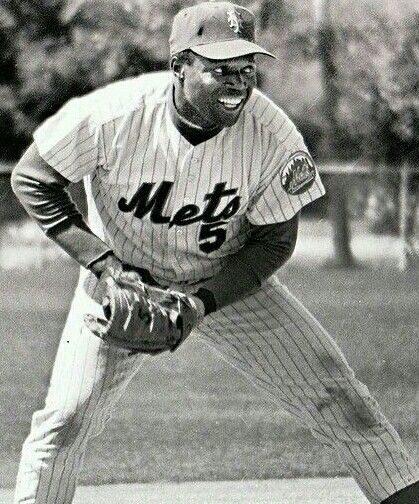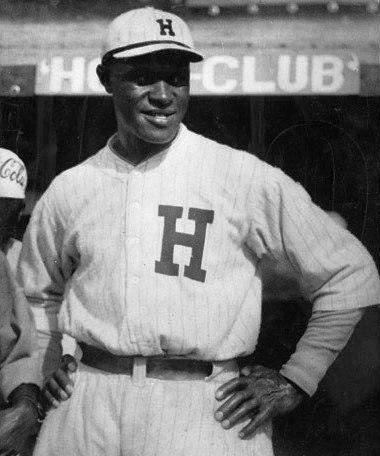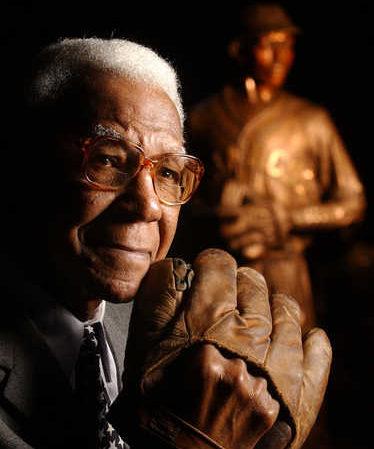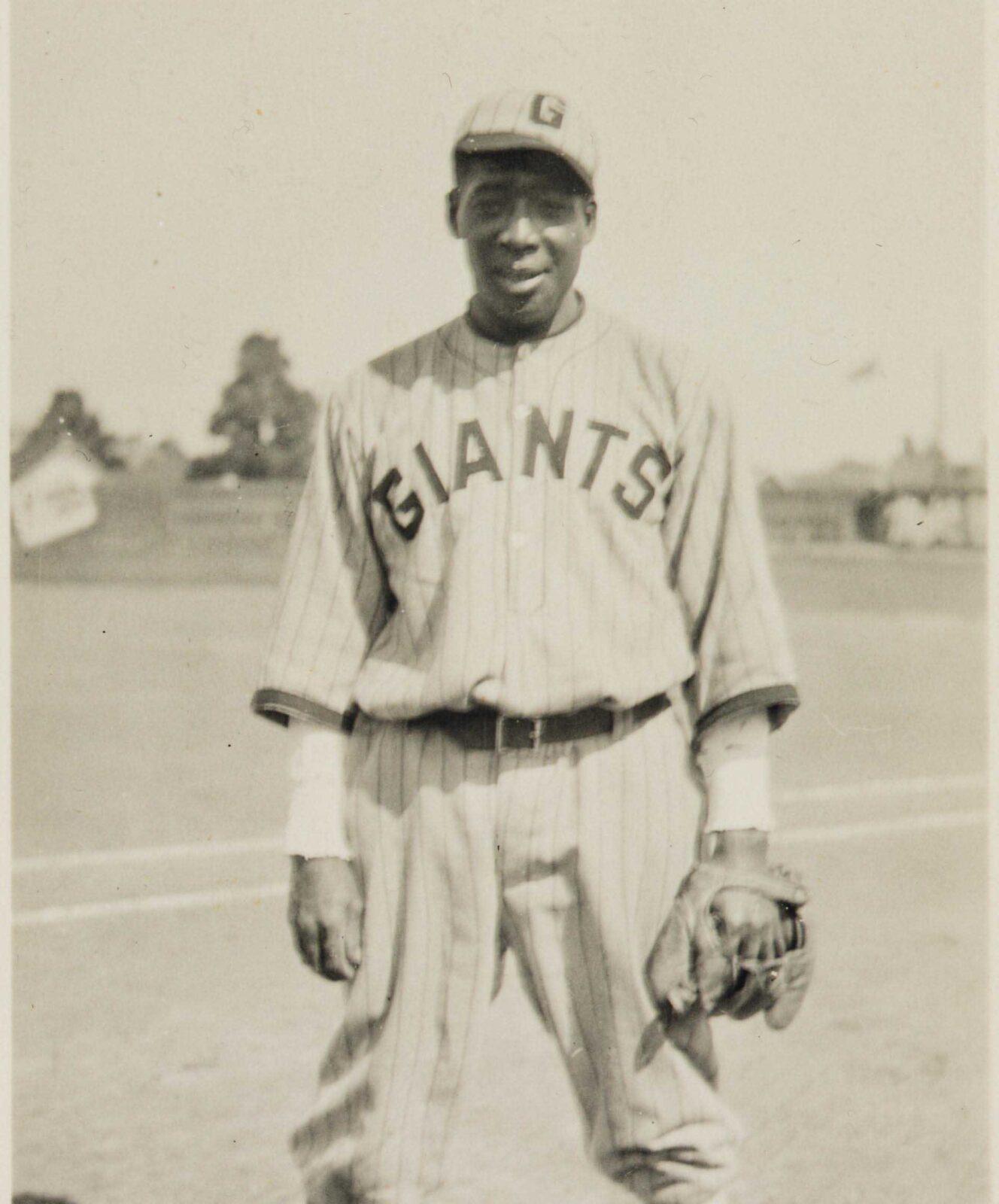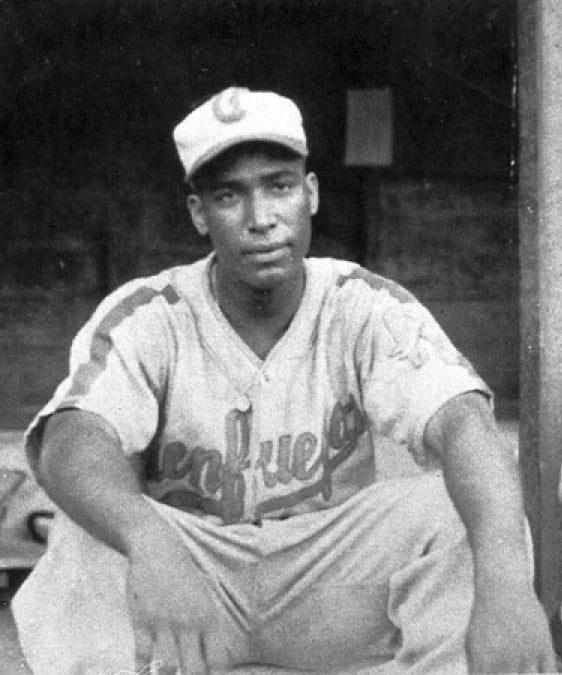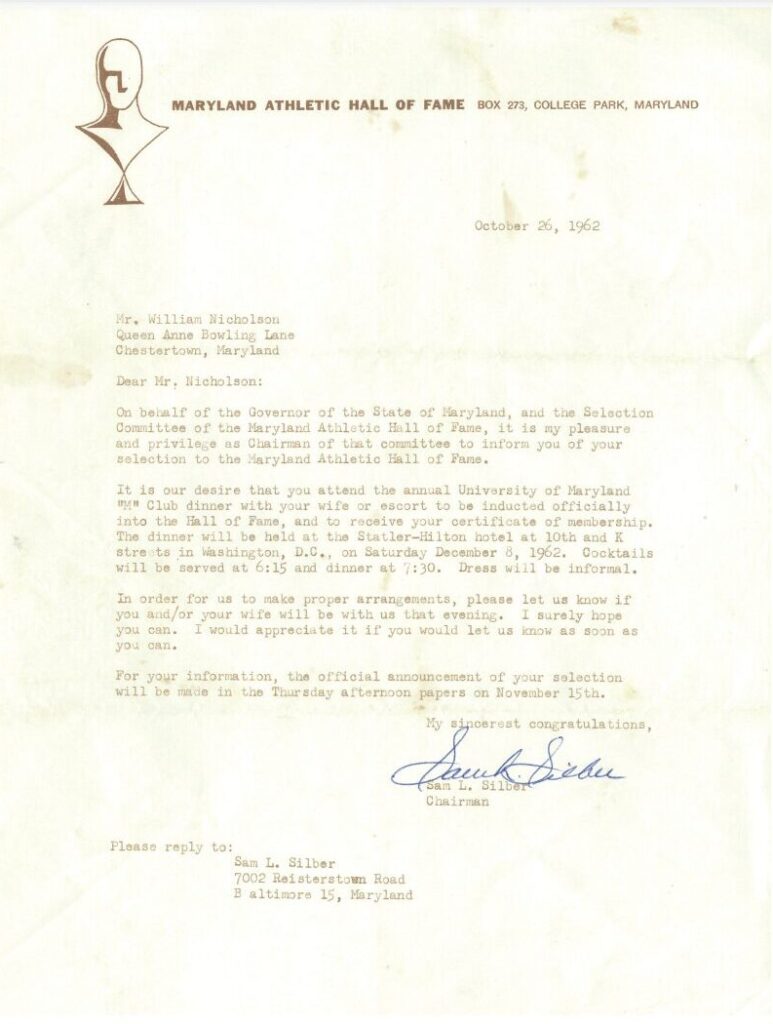
Born in Virginia in 1916, Leon Day moved with his family to Baltimore before his first birthday. Today few know of his lifelong association with the state of Maryland and how dignitaries in the state helped him gain a Hall of Fame plaque.
After Day’s career, he returned to Baltimore. A quiet man who never sought attention, Day’s Cooperstown candidacy was buoyed by many in the state.
Working to get the word out, Mayor Kurt Schmoke declared January 31, 1992 as Leon Day’s Day in Baltimore. Four months later Maryland governor William Schaefer officially observed a day for the pitcher in Annapolis. The following summer when the Orioles hosted the All Star Game, Day threw out the ceremonial first pitch.
As word of Day and his baseball feats spread, the Hall of Fame’s Veterans Committee took notice. He fell one vote short of induction in 1993. Two years later in 1995, the committee ensured Day’s baseball immortality. The work of prominent men in his hometown paid off.
Though Day died six days after receiving word of his Cooperstown induction, he continued to be honored in death. In 1997, the City of Baltimore renamed one of its parks, “Negro League Hall of Famer Leon Day Park“. In 2022 the Maryland Athletic Hall of Fame posthumously bestowed Day with the state’s highest sports honor – induction into their Hall.
Shown here is a letter from Sam Sibler, the chairman of the state’s Hall of Fame. In the October 26, 1962 correspondence Sibler informs 16-year MLB vet Bill Nicholson of his selection for the state’s honor.
Nicholson was a four-time National League All Star. Twice he led the Senior Circuit in home runs and RBI. With three 6.0 WAR campaigns, Nicholson’s career WAR stands at 41.9. He earned votes in MVP balloting five seasons, and finished in the top three for the award in 1943 and 1944.
Nicholson’s career 132 OPS+ is equal to Cooperstown’s Tony Gwynn, Rafael Palmeiro, and one point higher than Rod Carew, and Wade Boggs. He left the game with 1,484 career hits, 235 dingers, and 948 RBI.
